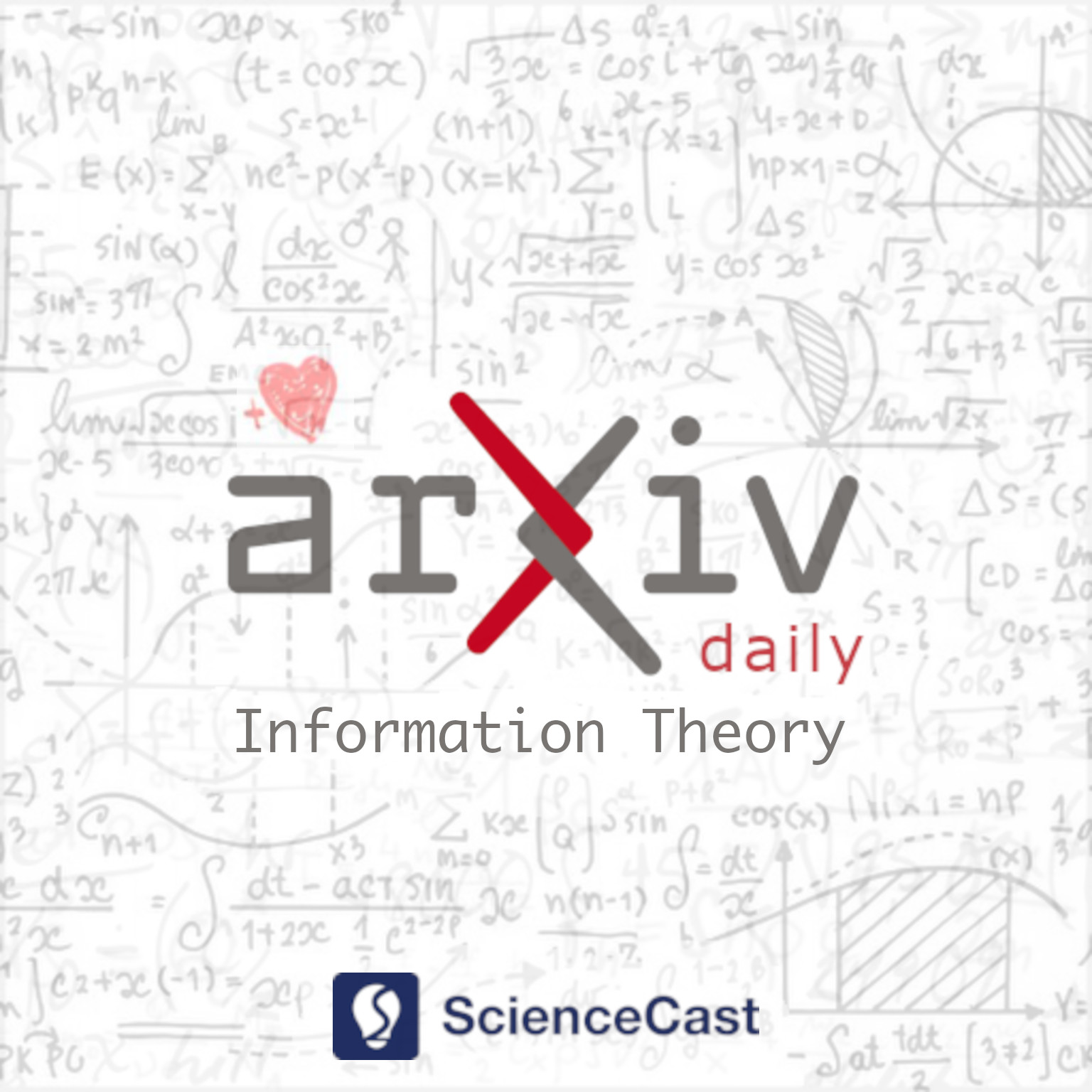
Information Theory (cs.IT)
Tue, 20 Jun 2023
1.Non-Integer-Oversampling Digital Signal Processing for Coherent Passive Optical Networks
Authors:Haide Wang, Ji Zhou, Jinyang Yang, Jianrui Zeng, Weiping Liu, Changyuan Yu, Fan Li, Zhaohui Li
Abstract: Beyond 100G passive optical networks (PONs) will be required to meet the ever-increasing traffic demand in the future. Coherent optical technologies are the competitive solutions for the future beyond 100G PON but also face challenges such as the high computational complexity of digital signal processing (DSP). A high oversampling rate in coherent optical technologies results in the high computational complexity of DSP. Therefore, DSP running in a non-integer-oversampling below 2 samples-per-symbol (sps) is preferred, which can not only reduce computational complexity but also obviously lower the requirement for the analog-to-digital converter. In this paper, we propose a non-integer-oversampling DSP for meeting the requirements of coherent PON. The proposed DSP working at 9/8-sps and 5/4-sps oversampling rates can be reduced by 44.04% and 40.78% computational complexity compared to that working at the 2-sps oversampling rate, respectively. Moreover, a 400-Gb/s-net-rate coherent PON based on digital subcarrier multiplexing was demonstrated to verify the feasibility of the non-integer-oversampling DSP. There is almost no penalty on the receiver sensitivity when the non-integer-oversampling DSP is adopted. In conclusion, the non-integer-oversampling DSP shows great potential in the future coherent PON.
2.Minimum Eigenvalue Based Covariance Matrix Estimation with Limited Samples
Authors:Jing Qian, Juening Jin, Hao Wang
Abstract: In this paper, we consider the interference rejection combining (IRC) receiver, which improves the cell-edge user throughput via suppressing inter-cell interference and requires estimating the covariance matrix including the inter-cell interference with high accuracy. In order to solve the problem of sample covariance matrix estimation with limited samples, a regularization parameter optimization based on the minimum eigenvalue criterion is developed. It is different from traditional methods that aim at minimizing the mean squared error, but goes straight at the objective of optimizing the final performance of the IRC receiver. A lower bound of the minimum eigenvalue that is easier to calculate is also derived. Simulation results demonstrate that the proposed approach is effective and can approach the performance of the oracle estimator in terms of the mutual information metric.
3.New Binary Self-Dual Cyclic Codes with Square-Root-Like Minimum Distances
Authors:Hao Chen
Abstract: The construction of self-dual codes over small fields such that their minimum distances are as large as possible is a long-standing challenging problem in the coding theory. In 2009, a family of binary self-dual cyclic codes with lengths $n_i$ and minimum distances $d_i \geq \frac{1}{2} \sqrt{n_i}$, $n_i$ goes to the infinity for $i=1,2, \ldots$, was constructed. In this paper, we construct a family of (repeated-root) binary self-dual cyclic codes with lengths $n$ and minimum distances at least $\sqrt{n}-2$. New families of lengths $n=q^m-1$, $m=3, 5, \ldots$, self-dual codes over ${\bf F}_q$, $q \equiv 1$ $mod$ $4$, with their minimum distances larger than or equal to $\sqrt{\frac{q}{2}}\sqrt{n}-q$ are also constructed.
4.Deterministic Identification Over Multiple-Access Channels
Authors:Johannes Rosenberger, Abdalla Ibrahim, Christian Deppe, Roberto Ferrara
Abstract: Deterministic identification over K-input multiple-access channels with average input cost constraints is considered. The capacity region for deterministic identification is determined for an average-error criterion, where arbitrarily large codes are achievable. For a maximal-error criterion, upper and lower bounds on the capacity region are derived. The bounds coincide if all average partial point-to-point channels are injective under the input constraint, i.e. all inputs at one terminal are mapped to distinct output distributions, if averaged over the inputs at all other terminals. The achievability is proved by treating the MAC as an arbitrarily varying channel with average state constraints. For injective average channels, the capacity region is a hyperrectangle. The modulo-2 and modulo-3 binary adder MAC are presented as examples of channels which are injective under suitable input constraints. The binary multiplier MAC is presented as an example of a non-injective channel, where the achievable identification rate region still includes the Shannon capacity region.